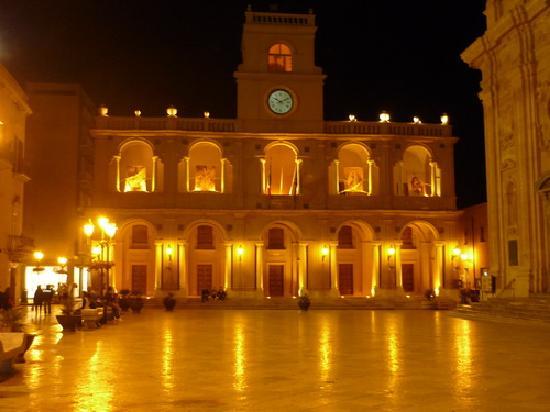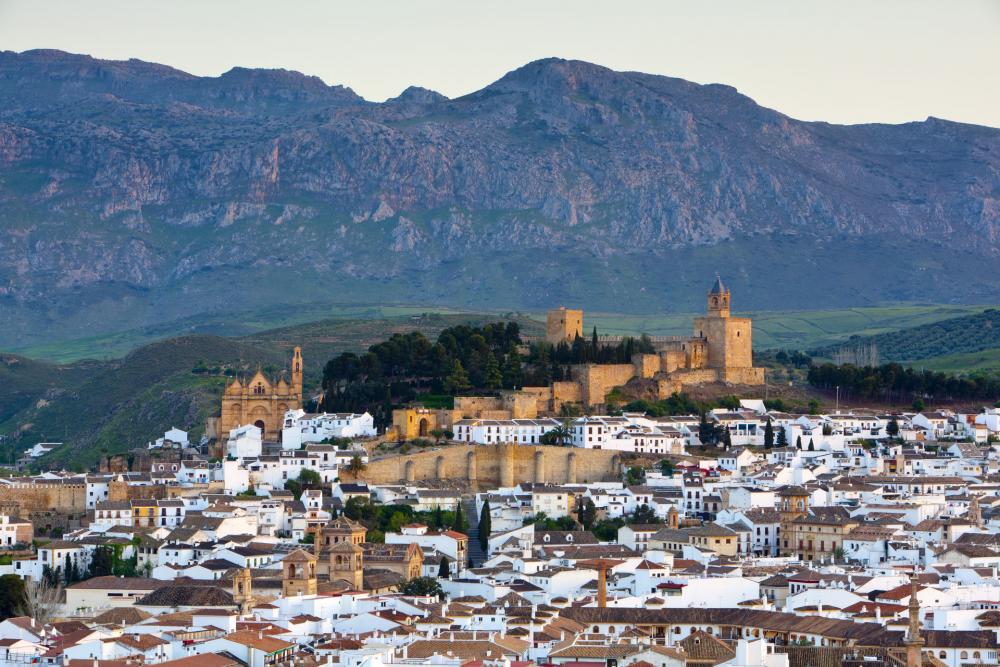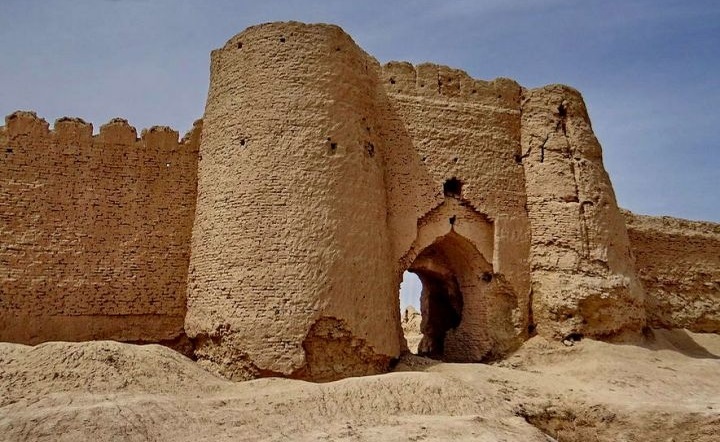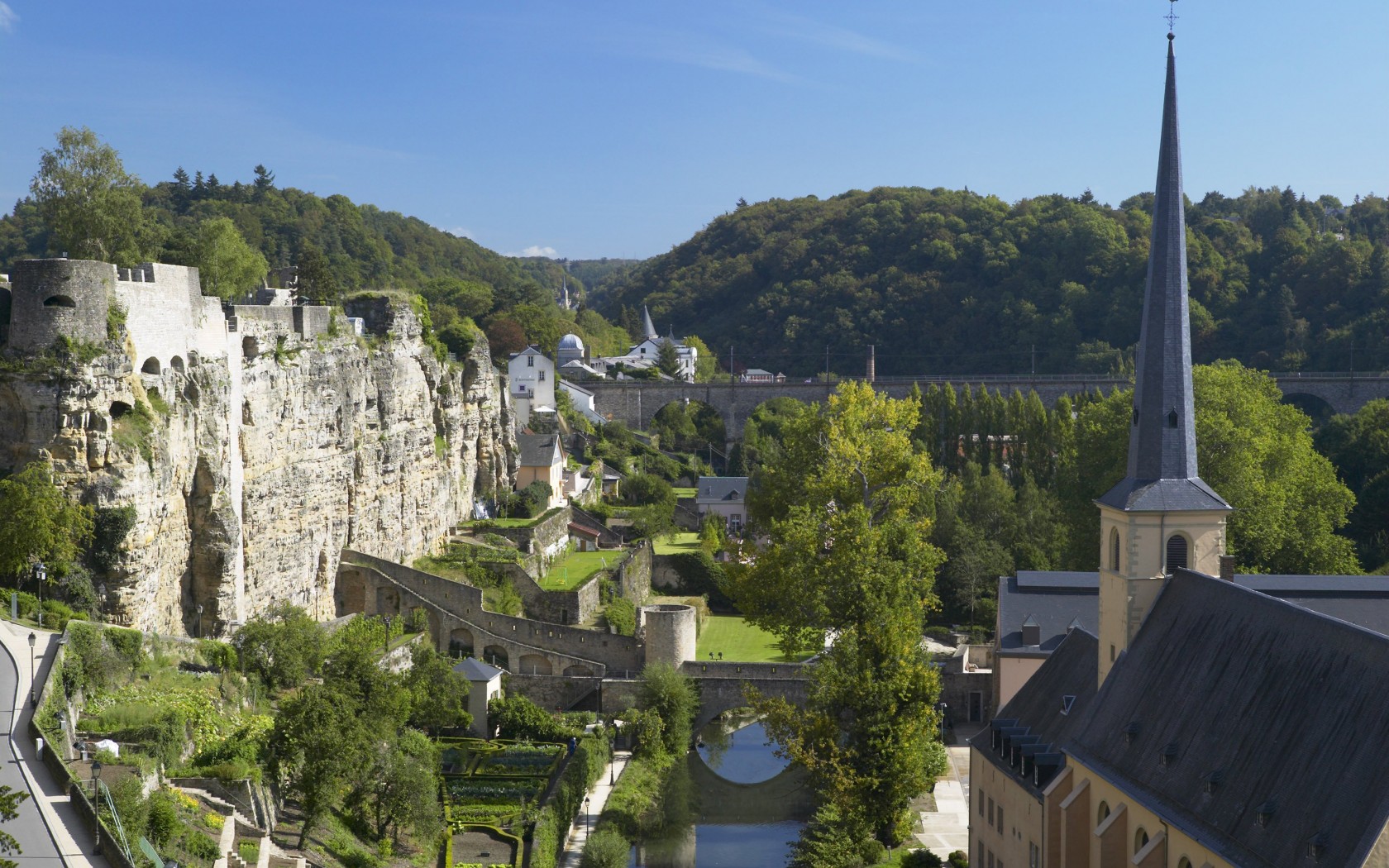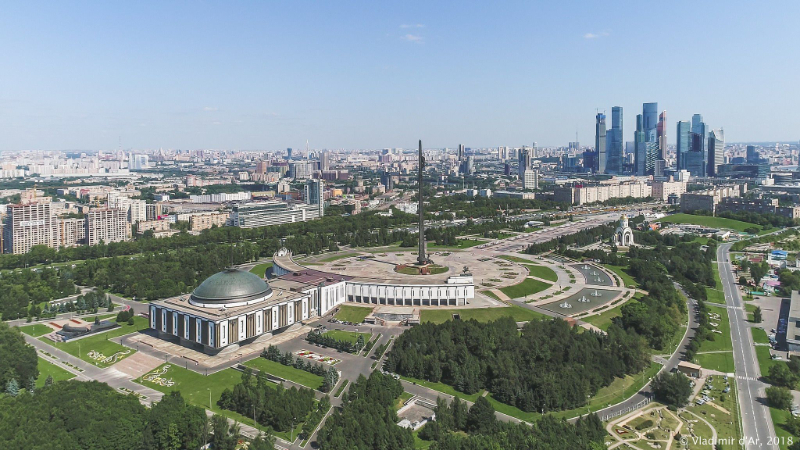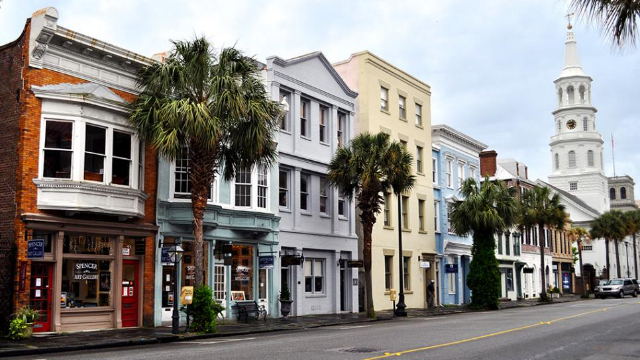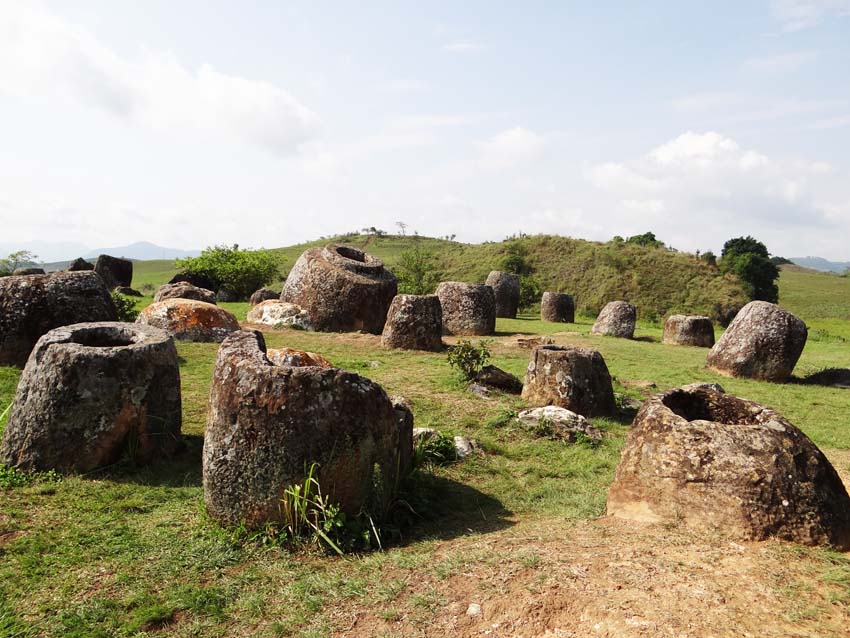With its 25,000 hectares of land and a population of 80,000, the city of Marsala stands on a pleasant promontory close to the sea. The historic center was formerly enclosed within an almost square-shaped city wall, and entry to the city was possible through the imposing gates that opened on all four sides.
Of the original four, only two can be admired today: Porta Garibaldi, on which a Latin inscription entrusts to God those entering and leaving the city, and Porta Nuova.
mpossible to state exactly when the first inhabitants settled in the territory of Marsala. The oldest traces date back to the Lower Paleolithic, but remains of ancient settlements are continually brought to light even today.
The only thing that is certain is that the first area to develop in an urban sense was the island of Mozia , thanks to the Carthaginians who made it an important trading port for their trade in the Mediterranean.
In 397 b .C., Dionysius the Elder, tyrant of Syracuse, in an attempt to become sole ruler of Sicily, reduced Mozia to a pile of rubble.
The inhabitants then took refuge in the promontory opposite where the city of Lilybaeum arose, so called because of its geographical position: facing Libya.
During the Punic wars , which the Romans and Carthaginians fought in these waters, Lilybaeum maintained a leading role: its strategic position on the sea and the difficulty of its seabed made the city impregnable for those without a thorough knowledge of it.
It was in the 14th year of the 1st Punic War ( 250 B.C. ) when the Roman army arrived at Lilybeo with 200 ships to lay siege to it, and 10 more passed before it succeeded in winning it. In the wake of the Carthaginians, the Romans continued to exploit the city as a naval base.
During this period, Marcus Tullius Cicero was sent as quaestor to Lilybaeum, who called it splendidissima civitas.
Covered with honors but always at the center of Rome’s expansionist wars, it declined along with the empire, was devastated by the Vandals ( 6th cent. ) and flourished again to new splendor under the rule of the Arabs, who changed its name to Marsa Ali ( port of Ali ). The city was then enriched with fine palaces and mosques, unfortunately gone completely destroyed. The historical-artistic greatness of Marsala lies precisely in the fact that its lands were traversed by different peoples and cultures, each of which has left its marks in local art and traditions.
If nothing has remained of the architecture of that period, it is also true that traces of Arab domination can be found in some typical dishes, such as cous cous, cubbaita and sfinci, in the toponymy and in numerous dialect words.
It was then the turn of the Normans, Swabians, and Angevins. In 1282, the year of the Sicilian Vespers, the population rebelled against the harsh rule of the French and came under the hands of the Aragonese. Spanish rule represents the most difficult period in the city’s history, left to a slow decline, torn apart by bandits and pirate raids. The second half of the 1500s saw the construction of the military quarter, in Via Garibaldi, now the site of some municipal offices.
However, it is also true that, in the 1500s, Marsala appeared as a center endowed with a flourishing economic activity based on cereal farming, livestock breeding and the production of salt, for which the plants still operating today were built in the Stagnone area.
Wine, on the other hand, remained an activity reserved for local needs until the 1700s, when English merchants made it famous throughout the world.
On May 11, 1860 Marsala officially entered the history of the unification of Italy.
Garibaldi landed in the port of Marsala with his Thousand and, together with the Sicilian picciotti who joined the expedition, freed southern Italy from the oppressive Bourbon kingdom and then handed it over to Victor Emmanuel. Every year in Marsala, on May 11, city events commemorate this important page of history.
Much later, in 1943, also on May 11, Marsala suffered the consequences of World War II: the Allies bombed the city, with very serious damage and hundreds of deaths that earned it the Gold Medal for Civil Valor.
